
Why your ultimate outback adventure vehicle is not an EV, yet | Opinion
- Commercial
- Ute
- Electric Cars
- Adventure Advice
- Adventure
- Adventure advice
- Electric
- Electric Cars
- Off road
- EVs
- EV
- EV Advice
.jpg)
As interest in electric vehicles grows and sales continue to increase in the wake of rising fuel prices, so too does our curiosity about them. But will there ever be an EV as capable of long-distance, remote-area touring and 4x4ing as hard core as the best existing olde-worlde internal combustion engine 4WDs? And, if so, when will these off-roaders be available to buy in Australia?
I recently joined a CarsGuide comparison of four EVs – read the yarn and watch the video here or here – and it was a rather enlightening experience for many reasons.
The Polestar 2 LR dual-motor AWD, Hyundai Ioniq 5 AWD, Kia EV6 GT-Line AWD, and BMW iX xDrive40 are all technically mid-size crossover SUVs – they are certainly not off-road vehicles by anyone’s estimation – so, of course, we didn’t do any off-roading during the comparison. However, driving them all back to back on city, suburban and regional roads yielded a plethora of vital insights into EVs: how they operate day to day, their functionality, how convenient – or not – they are to charge, the driving range they’re realistically capable of, and many other factors that would certainly come into play in an even bigger way if you’re seriously considering buying an EV as your next touring vehicle.
Read more about electric cars
So, would a 4x4 EV actually be worth considering as your next adventure machine, if such a vehicle is available to buy? Well, EVs have some major flaws at the moment when it comes to their potential for touring and off-roading and we’ll run through a few in this yarn.
Read on.
Touring range

Before we get properly stuck into this feature, please take note that this is not a technical deep-dive into the technology and day-to-day performance of EVs. For that, read one of the many EV reviews by my colleague Tom White or others in our CG mob, including a cracking good yarn by Dave Morley.
I certainly don’t profess to be an EV expert – I’ve now driven a total of five and none of those were a proper 4WD – but I do have a lot of experience in 4WDs with internal combustion engines (ICE) so I know how much stress and strain sustained periods of high- and low-range 4WDing place on a vehicle – even AWD touring can be tough on a car.
And a vehicle’s touring range – how far it can safely and reasonably travel on a full tank of fuel (or in an EV’s case, at full charge) – should always be at the front of your mind if you’re considering a road trip but, even more so, if you’re planning a trip that includes a mix of terrain (sealed roads, dirt tracks, gravel roads, corrugations, sand, mud, water crossings etc) and places you at big distances from fuel – or, in an EV’s case, charging – sources.
I don’t care who you are, how much driving experience you have, how good a driver you think you are or what you drive (petrol, diesel, hybrid, EV) the safe reliable driving range of a vehicle at full capacity is always an issue – and it’s a life-or-death issue when you’re talking about remote-area travel.
Interestingly, on Tom’s recent all-EV test, every vehicle in the line-up outperformed their official consumption claims, so theoretically those vehicles should have greater driving ranges than the manufacturers have claimed; using the on-test power consumption figures as guidelines, the lowest as-tested projected range was in the Polestar 2 with 409km, and the highest as-tested projected range was 504km in the Kia EV6. Whether that would hold true for vehicles whose intended use would be, at the very least, driving on maintained gravel roads (for all-wheel drive vehicles), or low-speed hard-core off-roading (for 4WDs) is yet to be seen.

However, driving on a sealed road is a whole lot to different to driving on the wide variety of surfaces an adventure vehicle will tackle in its lifetime.
And a 4WD, by its very nature, is a heavy, robust vehicle – especially when compared to the mid-sized city-going SUVs on our recent EV comparison – and so it has a kerb weight much higher than that of any of those aforementioned EVs. And those extra kilos will place a greater demand on an EV 4WD, in terms of energy usage, as well as increased general wear and tear on components.
It’s also worth remembering that a 4WD, even on a weekend trip, may be loaded to within an few kilograms of its gross vehicle mass with people, pets and gear (tent, swags, fridge, cooking equipment etc) and that amounts to a lot of extra weight onboard, resulting in much greater fuel consumption than in an unladen vehicle driving around town.

And remote-area touring is another matter entirely. People who tackle these kinds of extreme trips have to be self-sufficient in every sense, with enough food, water, spares, and tools to cover pretty much every eventuality you could imagine. And, again, that amounts to a whole lot of extra weight onboard the vehicle, equalling much greater fuel consumption than you’d see in an unladen vehicle being used for urban or suburban driving duties.
And I haven't even mentioned towing yet. If you've done any sort of towing, then you know the tremendous stresses and demands that towing puts on a vehicle. And how much the weighty item you're dragging along the road affects your vehicle's fuel consumption. Those stresses and demands and elevated rate of fuel consumption don't magically disappear when you tow with a hybrid, an EV or hydrogen-powered vehicle.
The power-consumption claims of EV manufacturers are one thing, but real-world use is another.
For example, Rivian has claimed that its “all-time all-wheel drive” Rivian R1T electric ute has a touring range of 643km, and that sounds impressive but I bet it wouldn’t do anywhere near that distance fully loaded Aussie-style and driving over tough terrain.
I’d like to see how much power a 4x4 EV uses while traversing a few hundred of the Simpson Desert’s 1100 or so dunes on an east-west crossing. Or how an EV would perform on a heavily corrugated dirt track in far western Queensland. Or even how much power it’d use on a lengthy drive along a soft-sand beach.
I'd especially like to see how an EV would cope with towing a fully-loaded box trailer, or a boat and trailer, or a camper-trailer, or a caravan. Those weighty burdens take huge chunks out of an EV's driving range.
There are simply no suitable EVs available at the moment, or even on the horizon, that can cope with all of the high demands and extreme stresses of off-road adventure that diesel- or petrol-powered vehicles currently do.
And while EV power consumption is a serious issue, another more pressing problem looms over these vehicles.
Charging locations
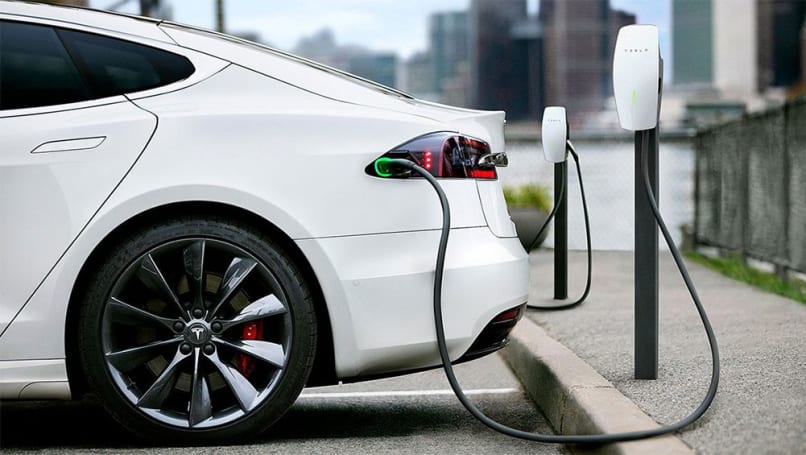
At the moment in Australia, there is a paucity of reliable charging stations on major routes and those on minor routes may as well be classed as “few and far between” because there just aren’t enough of them.
At time of writing, there was welcome news that 20 charging stations were being established between Sydney and Broken Hill aimed at taking the guesswork and anxiety out of that 1142km journey if you’re driving an EV. It’s a shame that sort of comprehensive charging network is not available on every road trip in Australia.
On bush or desert expeditions, vehicles can sometimes be hundreds of kilometres away from the nearest fuel source, which is why petrol or diesel 4WDs carry extra fuel onboard or even organise for fuel drops to be made at specific locations on the tracks remote-area tourers plan to drive so they can be sure that fuel will be available to them when needed. Carrying extra fuel adds extra weight to a vehicle and, in turn, increases fuel consumption. The same principle will apply to EVs, except that power sources, not fuel sources, will have to be available at various points along the remote route, or alternative portable power sources will have to be used.
But there’s another serious problem around charging locations though, other than there not being nearly enough of them.

I live near a reasonably large town/city and it is serviced by several EV-charging locations, run by different mobs. Okay in theory but not so good in reality because, in the brief time that I have driven EVs, I’ve found that charge points may be broken/non-functional, offline (for maintenance purposes) or, worse still, the parking space allocated to an EV for charging may already be taken by a conventional vehicle, the driver of which seems to have been just too bloody lazy to walk a few more steps to their favourite fast-food joint – yeah, good on ya, mate.
Charging stations can also vary in how easy they are to operate – case in point, some require a counter-intuitive sequence of events to happen and, god forbid, if you’re a guest to the charge station’s app and you’re too slow to enter your credit card details, your opportunity to charge “times out” and you have to start the process all over again. Bloody annoying.
Also, in terms of charge times, an EV is far from ideal and nowhere near as convenient as knowing that there’s a service station on pretty much every street corner, highway or regional road in Australia.

For instance, as per Tom White’s recent EV comparison I assisted with, the Hyundai Ioniq 5 and Kia EV6 (each with 800-volt architecture), are the fastest charging of any EV on the market in Australia, and as such can use the fastest 350kW charging locations.
The Ioniq 5 has a 72.6kWh battery and is capable of being charged from 10-80 per cent on a DC charger in just shy of 18 minutes. The EV6 has a 77.4kWh battery and can be charged to the same levels in about the same amount of time.
Those are pretty impressive charge times but it took me about 90 minutes to get the Polestar 2 (with its 78kWh battery) from 39 per cent to 97 per cent charge at a ‘Fast Charger’ location. Now, it’s worthwhile noting here that the Polestar 2 has a lower voltage architecture, around 400 volts, and so that means it should charge slower than the Kia and Hyundai because it has a stated maximum DC charging speed limited to 150kW.

It’s also worth mentioning here that charging slows considerably at around the 80 per cent mark and I needn’t have bothered to charge it to such a high level (97 per cent), but I had more than 100km to drive at night and I wanted the Polestar 2 to be as close to fully charged as possible for the return trip to Sydney the next day.
To make EVs much more appealing as adventure machines, I reckon there needs to be many more charging stations, the process to use those power points has to be much easier and faster, and actual charge times need to be faster.
Vulnerability
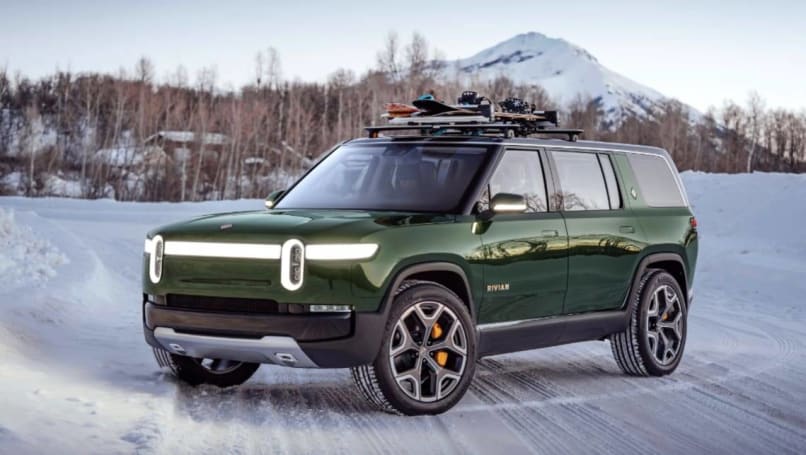
Australia is a country that places supremely tough demands on 4WDs: severe heat, spine-rattling corrugations, deep, fast-running water crossings, sloppy, momentum-sapping mud, momentum-sucking soft sand and more.
An off-road touring vehicle, if it’s to be used in Australia, must be purpose-built to cope with our very specific set of circumstances and prevail, which is why things such as suspension testing, among many other test factors, is regarded as so very crucial for vehicle manufacturers nowadays.
Even ICE vehicles can struggle in Australia’s harsh driving conditions. And, to my knowledge, no EV off-roader has been long-term pressure-tested in Australian conditions. Sure, the Rivian R1T electric ute and the Rivian R1S electric SUV were spotted in Australia in September 2021, apparently here for local testing, but have those really been put through their paces here over a sustained period of time and over a variety of terrain? I think not.
There are big question marks over how well an EV might hold up under the immense pressure of the sort of rough-as-guts 4WDing that Australians take on, without flinching, every day for work or leisure.
Also, an EV’s battery or batteries are slung low and, as such, they may be vulnerable to hitting the sharp edge of a protruding rock, for example, if you’re driving up a steep gnarly hill, or even if your vehicle’s under-carriage cops a stray tree branch that flips up under your tyres. A trip-ending incident? Maybe not, but certainly a cause for concern.
Price
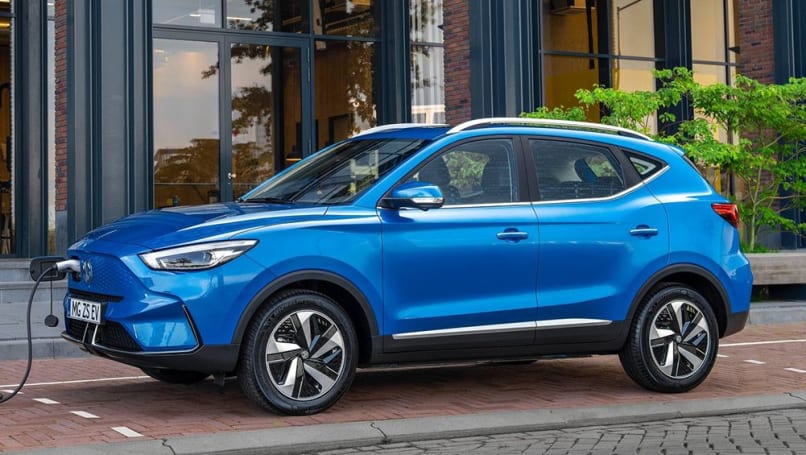
Prices are tipped to come down in the next 12 to 24 months, but right now the cheapest EV in Australia is the medium all-electric SUV, the MG ZS EV, with an original price starting from $40,990.
So, it'll be awhile before we see more affordable EVs here, let alone affordable EV 4WDs.
I’m not anti-EV, not by a long shot. In fact, I can’t wait for reasonably priced, comfortable and capable EV 4WDs to be made available in Australia, but at the moment there simply aren’t any.
That’s why, I reckon your ultimate 4WD is not an EV … at least not for a few years.







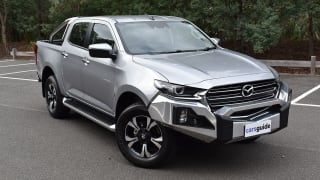
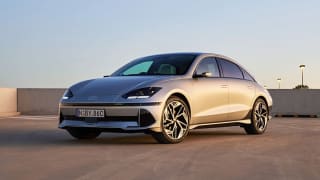
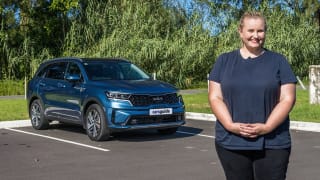
Comments